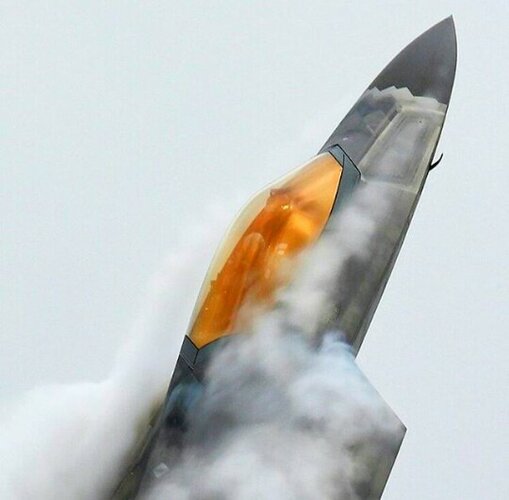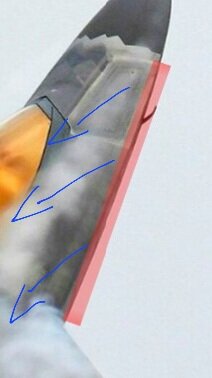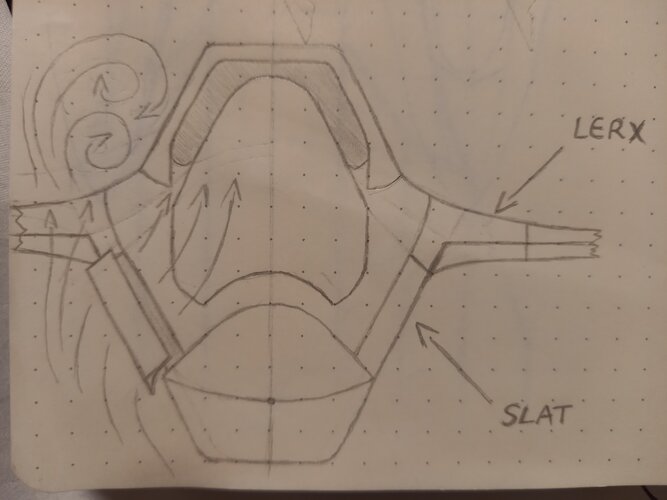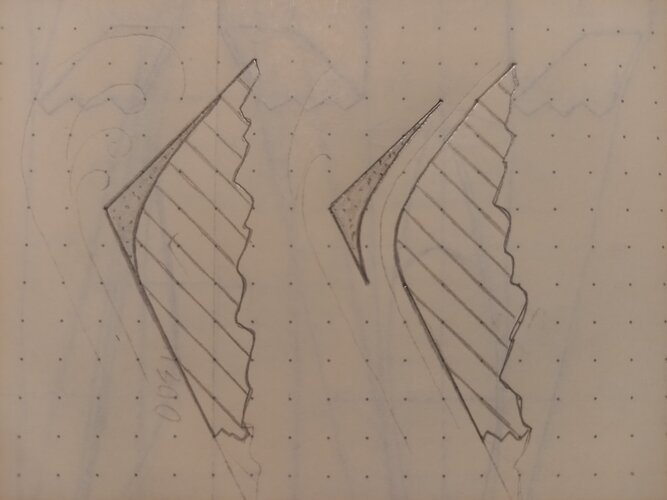Well, there are supersonic aircraft with this 100% dorsal model and they confirm that there is no impediment. It can then be argued that these are aircraft focused on bombing and that they do not engage in dogfighting to expose maneuvering angles with reduced air intake. Ok, but I demonstrated that auxiliary air intake grilles are nothing new and the concept could be applied mainly, because their function is complementary only when necessary, automatic and controlled by the FBW for a few seconds of the maneuver. It also does not harm the stelth characteristic since it is closed 99% of the time and when in use or activated, it is because the aircraft is in an approximate visual dogfight. The size is almost irrelevant, as its diameter is a tiny fraction and its length is also small compared to a normal duct from the frontal section of the aircraft. it only extends from the belly of the plane to the root of the engine on the back and can curve inside the air frame so as not to compete for space with the weapons bay. This doesn't even seem to make sense because its existence is precisely to free up space for the weapons bay or to mount a second weapons bay. Regarding the risk of ingesting gases from the missiles, as already stated, since the FBW Control System central is in charge and controlling opening and closing. Its premise is that the plane is in a maneuver of more than 6G's inclination and has to fire in exactly those seconds. The computer center only needs tenths of seconds to close the shutter and reopen it after the missile is expelled. We all know that the missiles from the bay are expelled and only after moving away do they start the engine....
The design is purely conceptual...because no one did it....obviously...no one needed it....the other stealth fighters are all classified as air superiority fighters....is this the concept in focus?? no, it's not....it's a 2nd front line stealth fighter...cheap, less demanding and simple, STOL, with interchangeable weapons bays between internal plg and play auxiliary fuel tanks, sensors and the weapons themselves at the Textron's Skorpion style....a MAKO with internal bays, an F-20 Stealth, a Manned Kizileuma and vice versa....







